Exhibition of the week: Paula Rego at Tate Britain
Her art mixes folklore and ‘fetishistic menace’, enchantment and horror – and it ‘lingers powerfully in the mind’
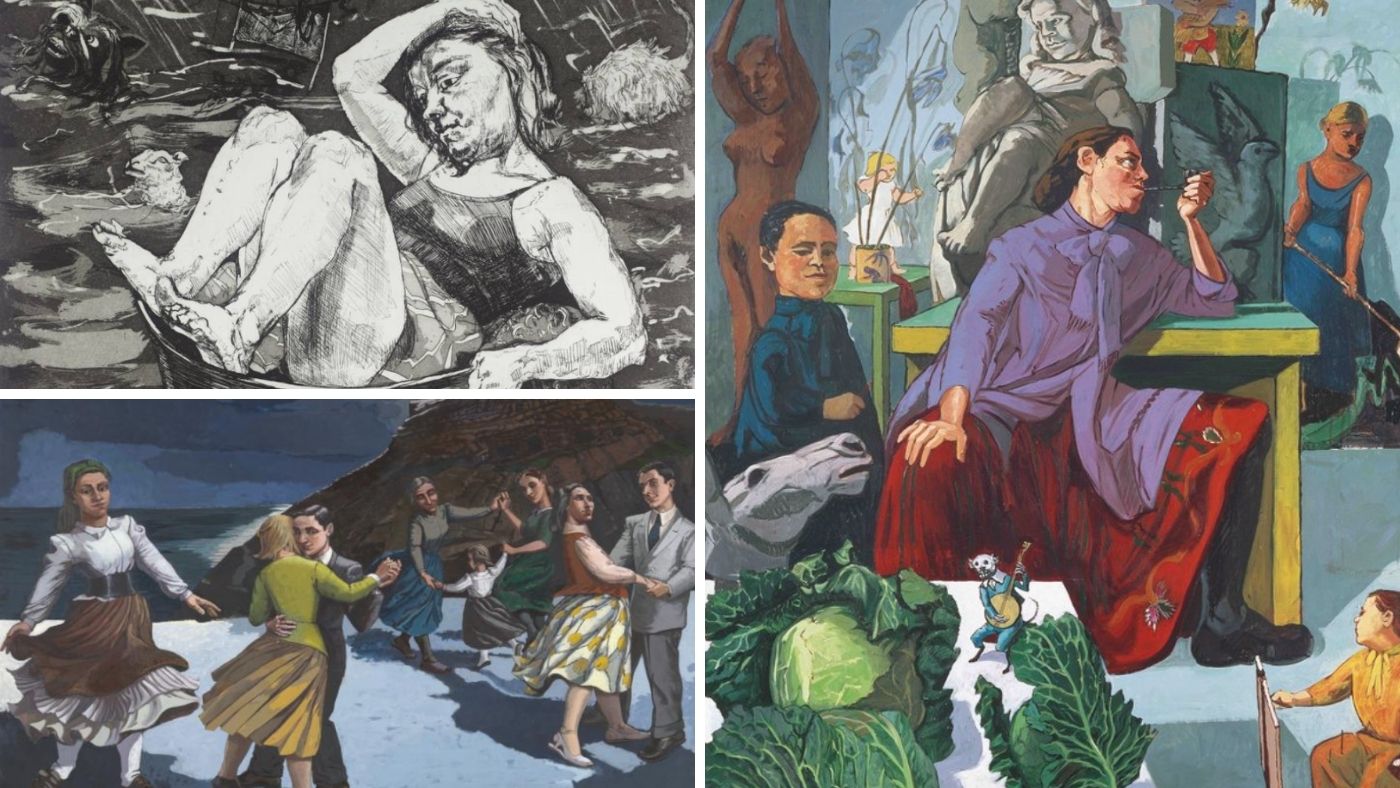
Nobody ever accused Paula Rego of holding back, said Eleanor Nairne in The New York Times. She is “the kind of artist who paints a soldier in a leopard-print gimp mask”, a woman cutting off a monkey’s tail, or “the devil’s wife in nipple tassels”. Her art mixes folklore and “fetishistic menace”, enchantment and horror – and it “lingers powerfully in the mind”.
Rego was born in Portugal in 1935, but has been largely resident in England since the 1950s: her liberal parents sent her to a finishing school in Kent and then art college in London to escape the repressive regime of dictator António de Oliveira Salazar. In her adopted homeland, though largely ignored until the 1980s, she has become an unlikely “national treasure” and Dame Commander.
Now she is getting the UK’s highest artistic accolade: a full-scale retrospective at Tate Britain. The exhibition is “the biggest and most comprehensive” display of Rego’s work held in the UK to date, said Florence Hallett in The i Paper. Bringing together paintings, drawings and prints dating from every stage of her seven-decade career, it is packed with “brilliant, shocking” pictures that cumulatively represent “an avalanche of female experience”. Make no mistake: it is a “magnificent” achievement.
The Week
Escape your echo chamber. Get the facts behind the news, plus analysis from multiple perspectives.

Sign up for The Week's Free Newsletters
From our morning news briefing to a weekly Good News Newsletter, get the best of The Week delivered directly to your inbox.
From our morning news briefing to a weekly Good News Newsletter, get the best of The Week delivered directly to your inbox.
The show could hardly be more of-the-moment, said Alastair Sooke in The Daily Telegraph. The Rego it gives us is “a fierce tutelary deity for the #MeToo generation”, a feminist “avenging angel” whose work “perpetually demonises blokes as bogeymen”.
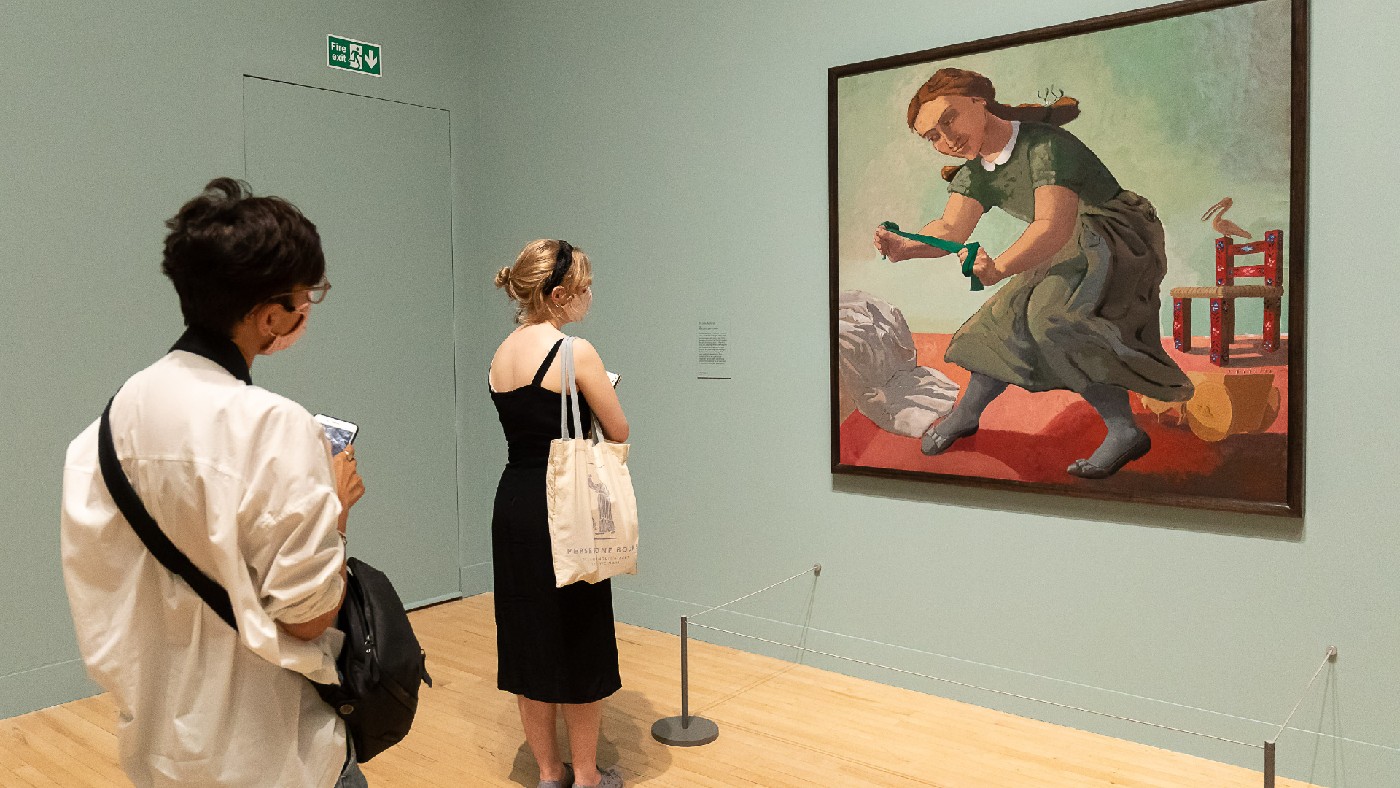
The earliest work here, Interrogation (1950) – a protest against the abortion laws of the Salazar regime – depicts a seated woman surrounded by “uniformed thugs” with “bulging crotches”; it is “as much a manifesto as a canvas”, and sets the tone for the cascade of warped and violent imagery to come. The Policeman’s Daughter (1987) has a young woman arm-deep in a jackboot. The father glimpsed in 1988’s The Family is being “forcefully undressed by his female kin”. Presumably he is undergoing some sort of righteous retribution: “payback time, daddy”.
I am “not Rego’s biggest fan” – I find her work “excessively illustrative and didactic”. And in the later years, she has tended to “overstuff her compositions with dense imagery”, resulting in “silly, incoherent” pictures like 1994’s The Barn. Nevertheless, I would have to “concede that this is an excellent exhibition”, which does justice to a fascinating career.
“Rego is phenomenal, but this exhibition won’t let you immerse yourself in her world,” said Jonathan Jones in The Guardian. The works here are hung on “intrusively coloured walls” and paired with reductive captions that repeatedly try to “batter” the “subtle strangeness” of Rego’s work into “crude political messages”.
A free daily email with the biggest news stories of the day – and the best features from TheWeek.com
Yet given the number of modern masterpieces here, it hardly matters. Among the best are a “surreal and mysterious” triptych of paintings based on Hogarth’s Marriage A-la-Mode; 1988’s “spine-tingling” moonlit beach scene The Dance; and perhaps best of all, an extraordinary scene titled Dog Woman, in which the image’s eponymous subject “goes down on all fours and contorts her face as if she is barking or howling”. She could be being dictated to by “an invisible man, grunting commands”. Then again, she might be “suffering for God”. All in all, if you can overcome the slight “irritations” of this exhibition, you will find much “great art” on show here.
Tate Britain, London SW1 (tate.org.uk). Until 24 October
-
 5 criminally underrated cartoons about Pete Hegseth’s war crime
5 criminally underrated cartoons about Pete Hegseth’s war crimeCartoon Artists take on USS Hegseth, rats leaving the sinking ship, and more
-
 Can Mike Johnson keep his job?
Can Mike Johnson keep his job?Today's Big Question GOP women come after the House leader
-
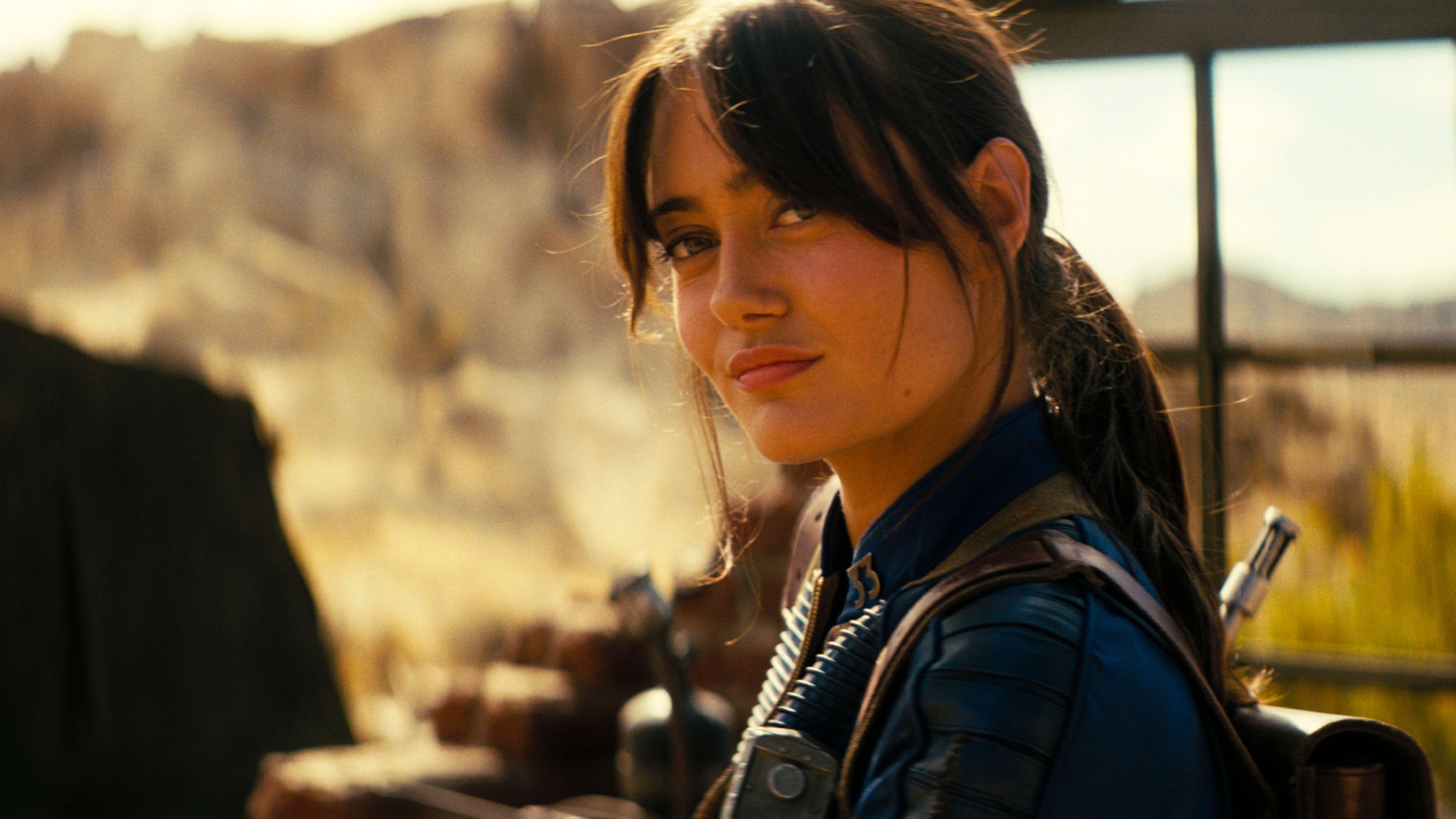 A postapocalyptic trip to Sin City, a peek inside Taylor Swift’s “Eras” tour, and an explicit hockey romance in December TV
A postapocalyptic trip to Sin City, a peek inside Taylor Swift’s “Eras” tour, and an explicit hockey romance in December TVthe week recommends This month’s new television releases include ‘Fallout,’ ‘Taylor Swift: The End Of An Era’ and ‘Heated Rivalry’
-
 Wake Up Dead Man: ‘arch and witty’ Knives Out sequel
Wake Up Dead Man: ‘arch and witty’ Knives Out sequelThe Week Recommends Daniel Craig returns for the ‘excellent’ third instalment of the murder mystery film series
-
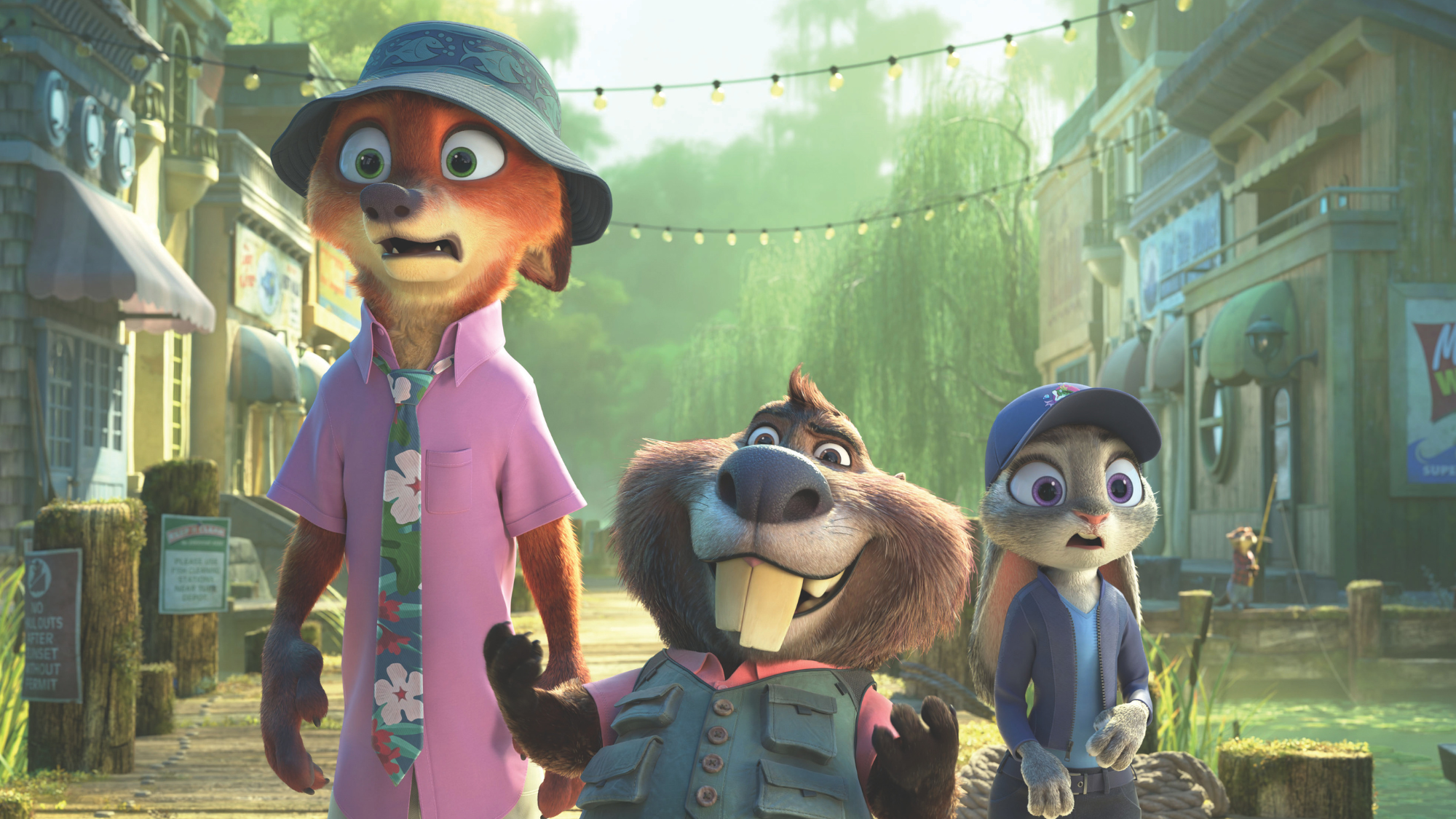 Zootropolis 2: a ‘perky and amusing’ movie
Zootropolis 2: a ‘perky and amusing’ movieThe Week Recommends The talking animals return in a family-friendly sequel
-
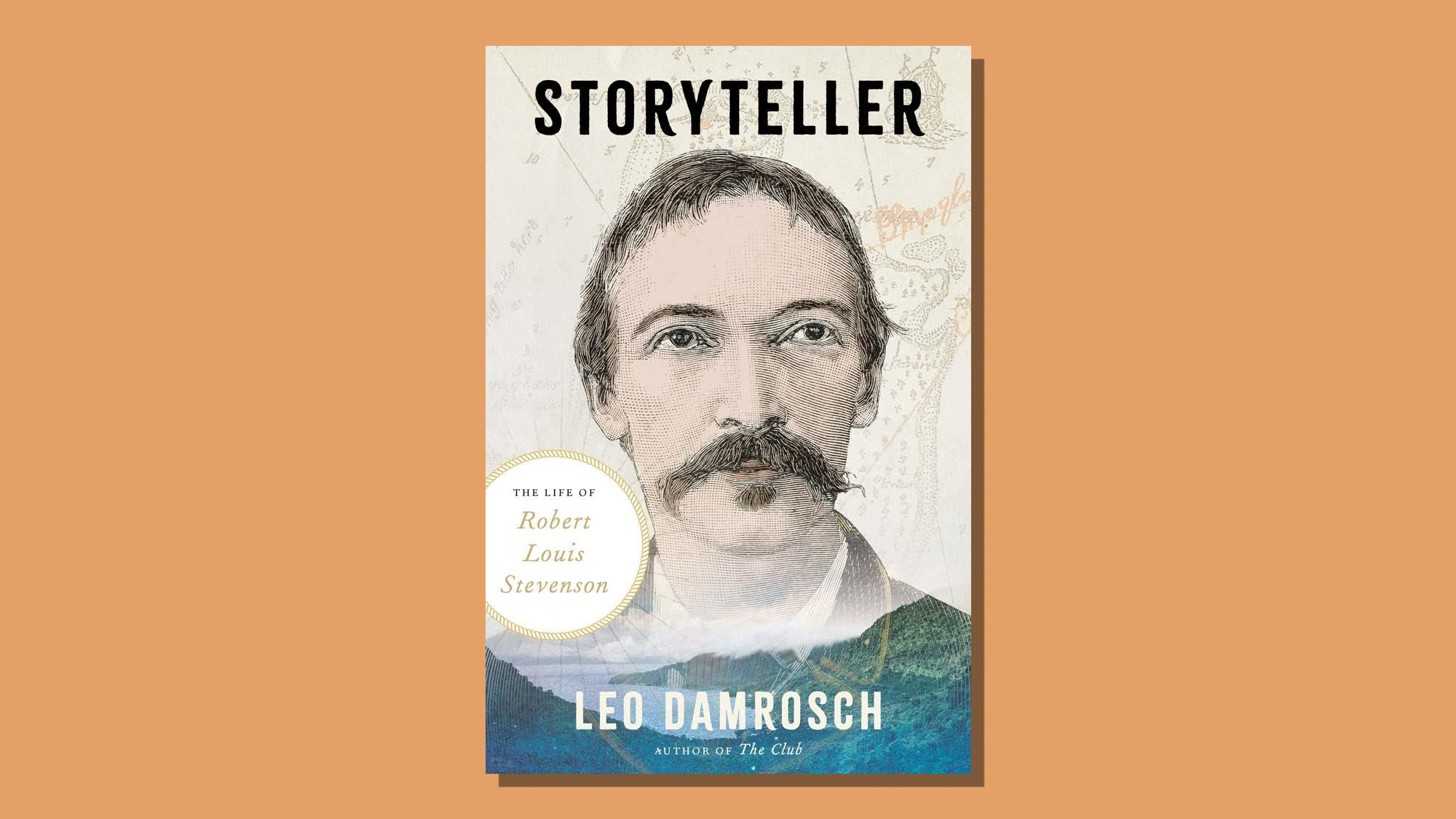 Storyteller: a ‘fitting tribute’ to Robert Louis Stevenson
Storyteller: a ‘fitting tribute’ to Robert Louis StevensonThe Week Recommends Leo Damrosch’s ‘valuable’ biography of the man behind Treasure Island
-
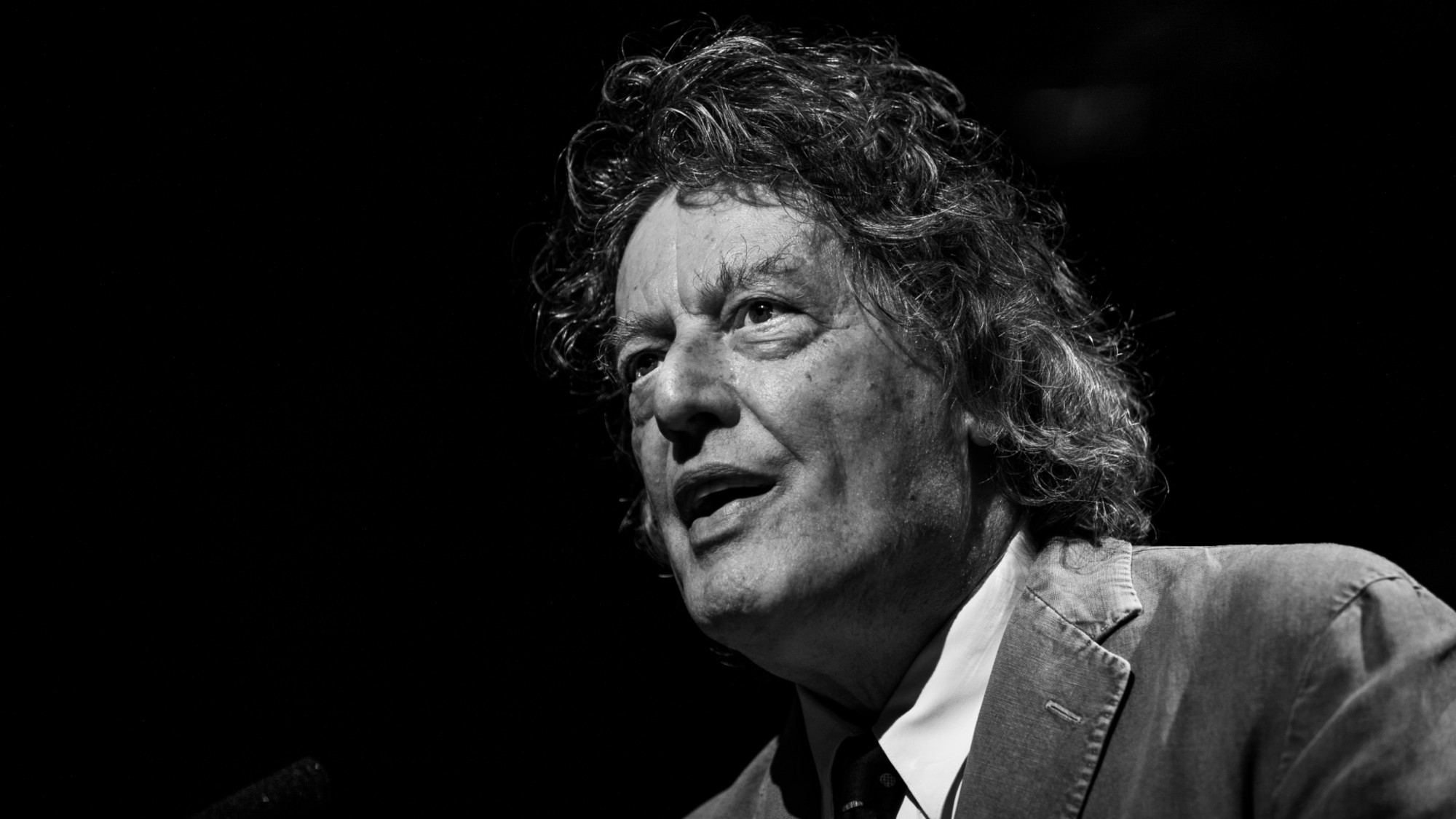 The rapid-fire brilliance of Tom Stoppard
The rapid-fire brilliance of Tom StoppardIn the Spotlight The 88-year-old was a playwright of dazzling wit and complex ideas
-
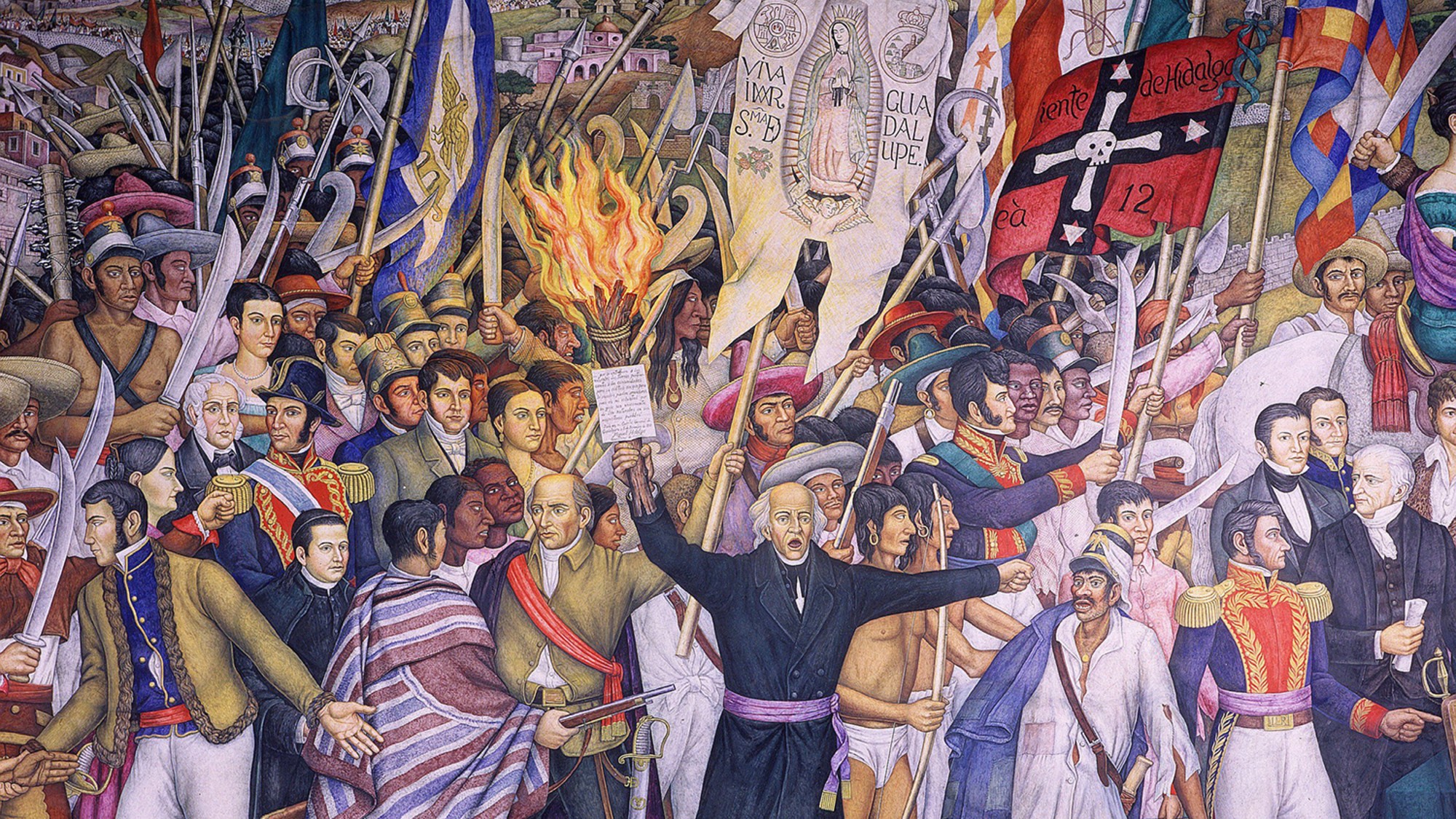 ‘Mexico: A 500-Year History’ by Paul Gillingham and ‘When Caesar Was King: How Sid Caesar Reinvented American Comedy’ by David Margolick
‘Mexico: A 500-Year History’ by Paul Gillingham and ‘When Caesar Was King: How Sid Caesar Reinvented American Comedy’ by David Margolickfeature A chronicle of Mexico’s shifts in power and how Sid Caesar shaped the early days of television
-
 Homes by renowned architects
Homes by renowned architectsFeature Featuring a Leonard Willeke Tudor Revival in Detroit and modern John Storyk design in Woodstock
-
 Film reviews: ‘Hamnet,’ ‘Wake Up Dead Man’ and ‘Eternity’
Film reviews: ‘Hamnet,’ ‘Wake Up Dead Man’ and ‘Eternity’Feature Grief inspires Shakespeare’s greatest play, a flamboyant sleuth heads to church and a long-married couple faces a postmortem quandary
-
 We Did OK, Kid: Anthony Hopkins’ candid memoir is a ‘page-turner’
We Did OK, Kid: Anthony Hopkins’ candid memoir is a ‘page-turner’The Week Recommends The 87-year-old recounts his journey from ‘hopeless’ student to Oscar-winning actor
